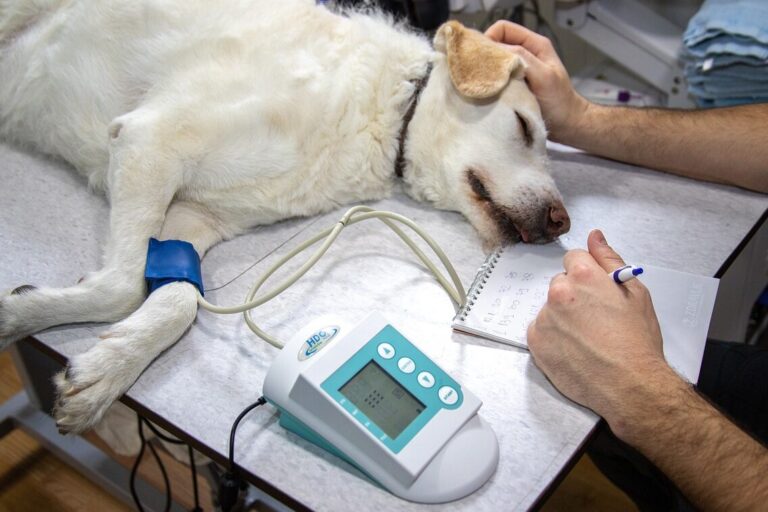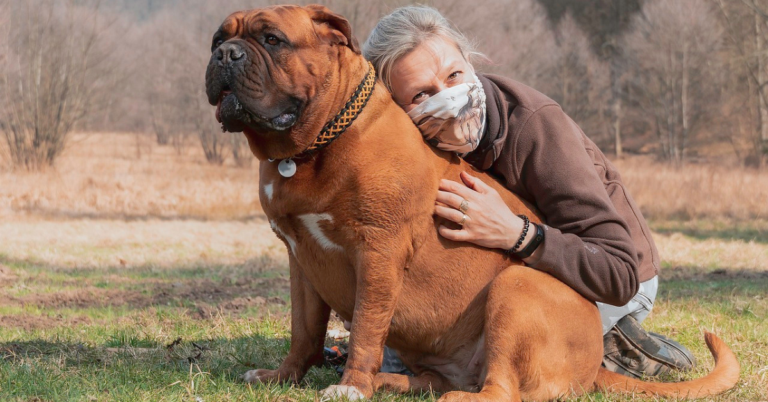10 Life-Saving Tactics For Dog Emergencies
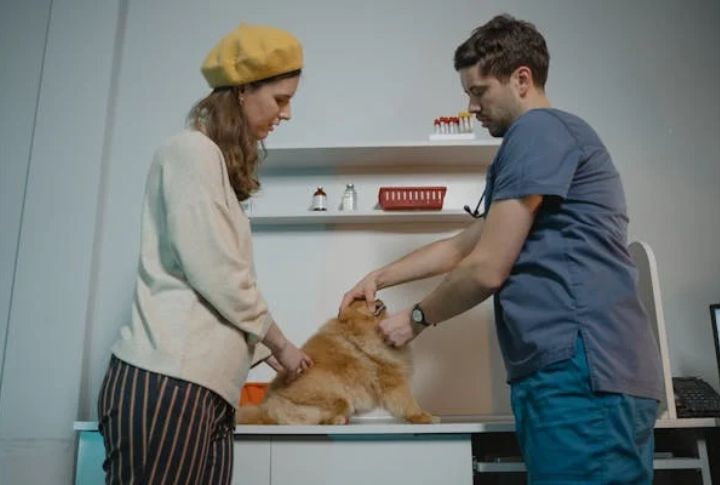
Ever had one of those afternoons where your dog’s playful antics suddenly spiral into a mini adventure that feels more like an emergency? We’ve all been there, scrambling for solutions while our dogs keep us on our toes. For such situations, here are ten practical, life-saving tactics to help you stay cool, calm, and collected when things get unexpectedly wild.
Keep Emergency Contact Information Accessible
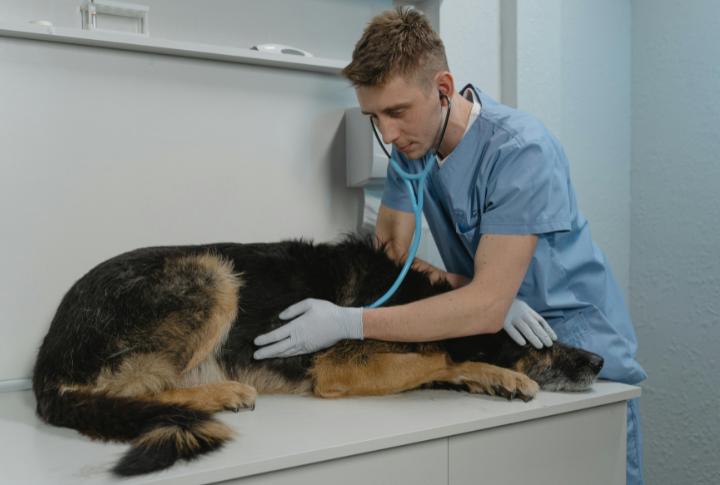
When an emergency strikes, your first action should be reaching out to a trusted veterinarian or an emergency clinic. Keep these numbers on your phone and display them at home. Knowing where the nearest 24-hour clinic is can save your dog’s life when seconds count.
Recognize Signs Of Breathing Distress

What happens when your dog starts panting heavily but they haven’t moved an inch? Breathing distress could be an emergency situation. So, pay attention to rapid breathing or sudden lethargy. The faster you recognize the issue, the faster your dog can get the help they need.
Learn How To Do CPR On Your Dog

Yes, you can learn to save your dog’s life with CPR. Sounds intense, right? But it’s something every dog owner should know. If your dog stops breathing or their heart stops, performing CPR immediately can be a game-changer. Just like with humans, CPR helps pump blood and oxygen to vital organs.
Stop Bleeding With Pressure
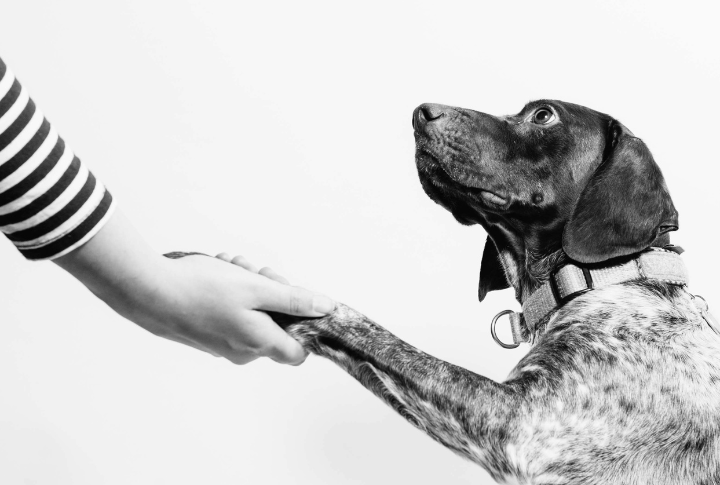
A bleeding wound can quickly become life-threatening. Firstly, keep calm, grab a clean cloth or sterile bandage, and apply firm pressure to the injury. Don’t release it to check the bleeding; this will just cause it to start up again. If the blood soaks through, simply add more material on top.
Keep A Canine First Aid Kit Handy
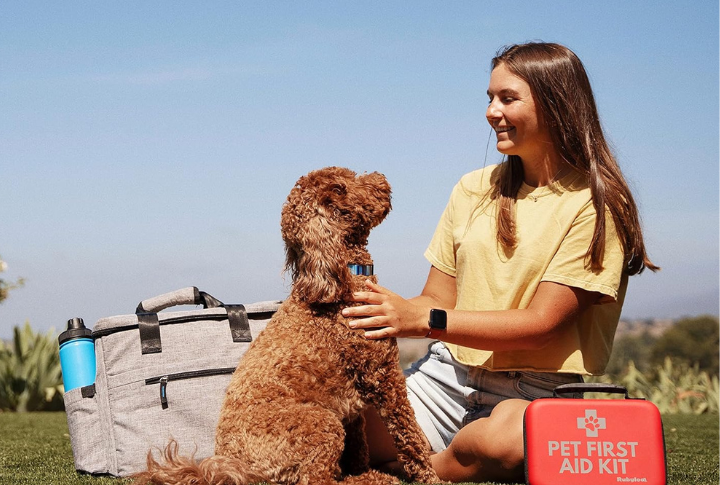
Every dog owner should have a pet-specific first aid kit that consists of essentials like bandages, antiseptic wipes, and a muzzle. A prepared kit is your best tool to handle minor injuries and prevent infections while waiting for professional care. Always ensure it’s within arm’s reach.
Handle Poisoning Emergencies Properly

If your dog ingests something toxic, don’t wait for symptoms. Call the pet poison hotline or a vet immediately for advice. The quicker you act, the better the outcome. Certain foods like chocolate or chemicals like antifreeze can be fatal within hours, so time is of the essence.
Protect Your Dog From Heatstroke
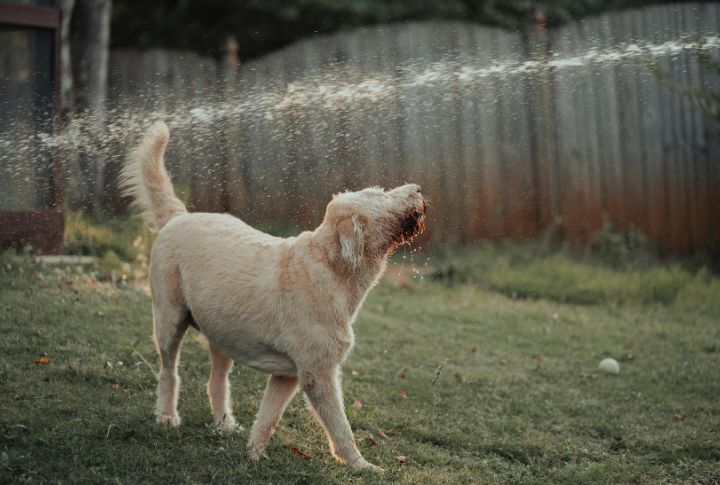
It doesn’t take long for a dog to overheat in hot weather, especially if they’re running around. Be on the lookout for drooling or weakness. If you notice these signs, get your dog out of the heat right away and cool them down with water. Avoid using very cold water, as it can cause shock.
Assess The Severity Of A Seizure

Seizures can be caused by many factors. First of all, make sure they’re in a safe spot, away from sharp objects. Time the seizure—if it lasts more than 3 minutes, contact your vet immediately. Afterward, your dog may be confused or tired, so provide a quiet environment to help them recover.
Understand How To Treat Hypothermia

Hypothermia occurs when your dog’s body temperature drops dangerously low, often in cold, wet weather. Symptoms include shivering, lethargy, and pale gums. Wrap them in blankets and warm them slowly, never using direct heat. Knowing how to act in these conditions could save your dog’s life.
Know The Basics Of Poisonous Plants

Many common plants, like lilies, azaleas, and oleanders, are toxic when ingested. Knowing which plants pose a risk and keeping them out of your dog’s reach is essential for preventing accidental poisonings. Even small amounts can cause serious reactions like vomiting or organ failure, so it’s always best to check.

